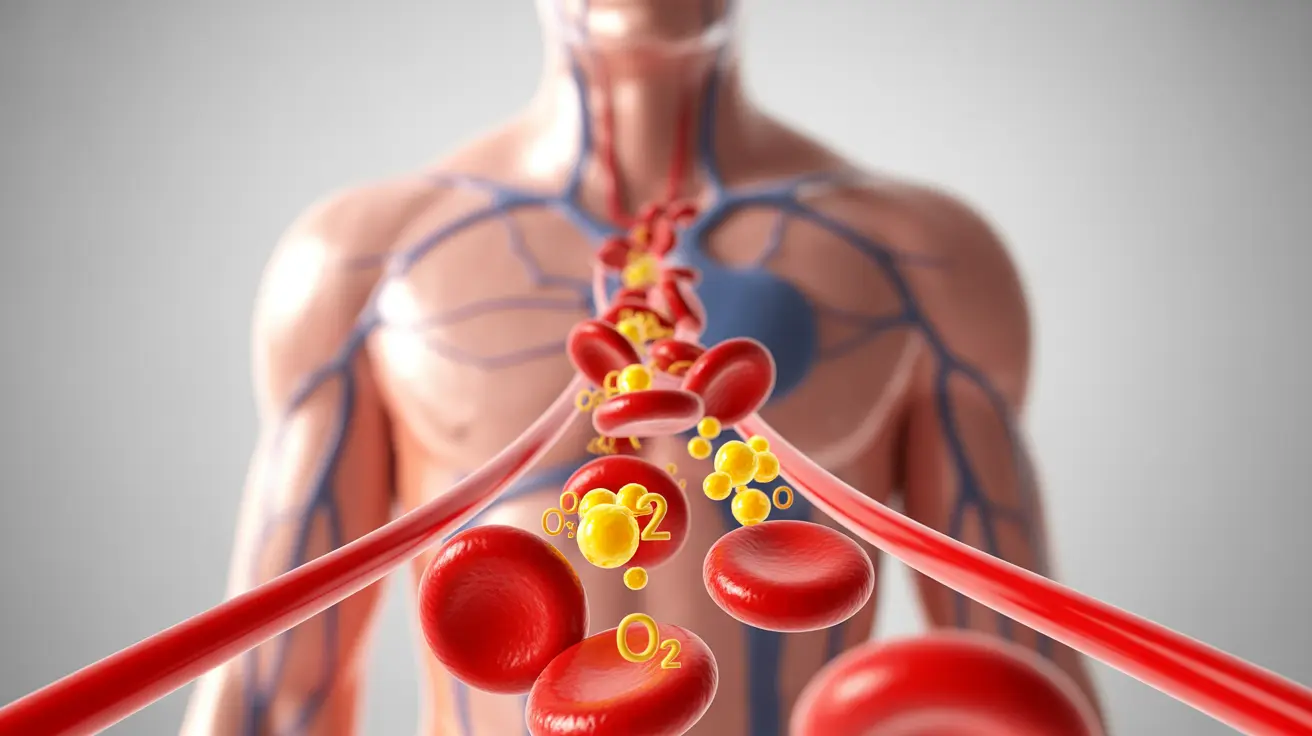When your blood oxygen levels drop below normal, fatigue often becomes a significant concern. This connection between low oxygen (hypoxemia) and tiredness affects millions of people, particularly those with respiratory conditions like COPD, sleep apnea, or other chronic health issues. Understanding this relationship is crucial for managing symptoms and improving quality of life.
In this comprehensive guide, we'll explore how low oxygen levels impact your energy, what symptoms to watch for, and most importantly, what you can do about it. From medical interventions to lifestyle changes, there are several effective ways to address oxygen-related fatigue.
The Link Between Low Oxygen and Fatigue
When your body doesn't get enough oxygen, your cells struggle to produce the energy needed for daily functions. This cellular-level energy deficit manifests as physical and mental fatigue, making even simple tasks feel exhausting. Common indicators of low oxygen levels include:
- Persistent tiredness despite adequate rest
- Shortness of breath
- Difficulty concentrating
- Headaches
- Dizziness
- Blue-tinted lips or fingernails
Understanding Oxygen Therapy Benefits
Oxygen therapy can be a game-changer for individuals experiencing fatigue due to low oxygen levels. This medical intervention helps maintain adequate oxygen saturation in the blood, which can significantly improve energy levels and overall well-being. Your healthcare provider can determine if oxygen therapy is appropriate based on your specific situation and oxygen saturation levels.
Lifestyle Modifications to Improve Oxygen Levels
Breathing Techniques
Proper breathing techniques can help maximize oxygen intake and reduce fatigue. Some effective methods include:
- Pursed-lip breathing
- Diaphragmatic breathing
- Deep breathing exercises
Physical Activity and Exercise
Regular exercise, when done appropriately and under medical supervision, can strengthen your respiratory muscles and improve oxygen utilization. Start with gentle activities like:
- Short walks
- Light stretching
- Seated exercises
- Pulmonary rehabilitation exercises
Environmental Adjustments
Making changes to your environment can help optimize oxygen levels and reduce fatigue:
- Maintain good air quality
- Use a humidifier when needed
- Keep your living space well-ventilated
- Avoid exposure to smoke and air pollutants
Daily Management Strategies
Implementing effective daily management strategies can help you cope with oxygen-related fatigue:
- Plan activities during peak energy periods
- Take regular rest breaks
- Practice good sleep hygiene
- Stay well-hydrated
- Eat a balanced, nutrient-rich diet
Frequently Asked Questions
How does low oxygen in the blood lead to fatigue, and what are the common symptoms?
Low oxygen in the blood (hypoxemia) leads to fatigue because cells can't produce enough energy without adequate oxygen. Common symptoms include persistent tiredness, shortness of breath, difficulty concentrating, headaches, and in some cases, blue-tinted lips or fingernails.
What are the best ways to manage fatigue in people with chronic obstructive pulmonary disease (COPD)?
Managing COPD-related fatigue involves a combination of approaches, including proper medication adherence, pulmonary rehabilitation, energy conservation techniques, regular exercise within limitations, and maintaining good nutrition and hydration. Working closely with healthcare providers to develop a personalized management plan is essential.
Can oxygen therapy help reduce fatigue associated with respiratory conditions like COPD?
Yes, oxygen therapy can significantly reduce fatigue in people with respiratory conditions by ensuring adequate oxygen levels in the blood. This treatment can improve energy levels, sleep quality, and overall quality of life when prescribed and used appropriately.
What lifestyle changes can help improve oxygen levels and reduce fatigue in daily life?
Key lifestyle changes include practicing proper breathing techniques, maintaining regular physical activity as tolerated, avoiding smoking and second-hand smoke, keeping a healthy weight, staying hydrated, and ensuring good air quality in living spaces.
How does exercise impact energy levels and overall health for individuals with low oxygen levels?
Regular, appropriate exercise can strengthen respiratory muscles, improve oxygen utilization, and boost energy levels over time. However, it's crucial to start slowly and follow a program designed by healthcare providers to ensure safety and effectiveness.




